Essential Life-Saving Tips Every Dog Owner Needs To Know
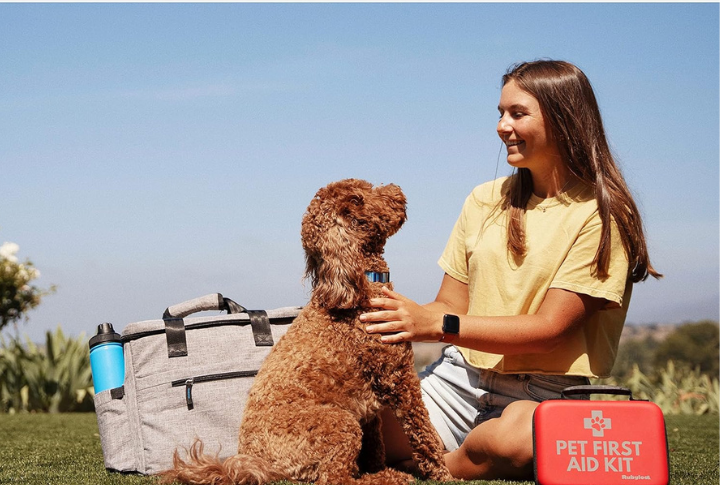
Dogs rely on us for everything, especially their safety. Emergencies can happen in a heartbeat, and knowing how to react can turn panic into quick action. With the right response and some quick thinking, you can keep your dog out of harm’s way. So, here’s what you need to know to handle those critical situations with confidence.
Recognize Signs Of Choking

A panicked dog clawing at its mouth, wheezing, or gasping might be choking. Quickly check for obstructions and try to remove them carefully. If necessary, use the Heimlich maneuver. Lay small dogs on their back and press their abdomen. For large dogs, stand behind them and apply firm pressure to the belly.
Perform Canine CPR
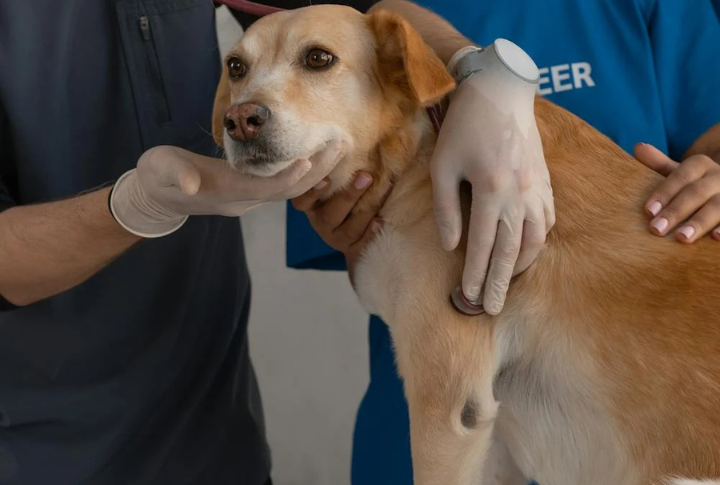
If your dog collapses and isn’t breathing, every second counts. First, check for a heartbeat. If none, lay the dog on its side, close its mouth, and breathe into its nose until you see the chest rise. Then, start chest compressions—100 to 120 per minute—and continue until it breathes or medical help arrives.
Know How To Control Bleeding
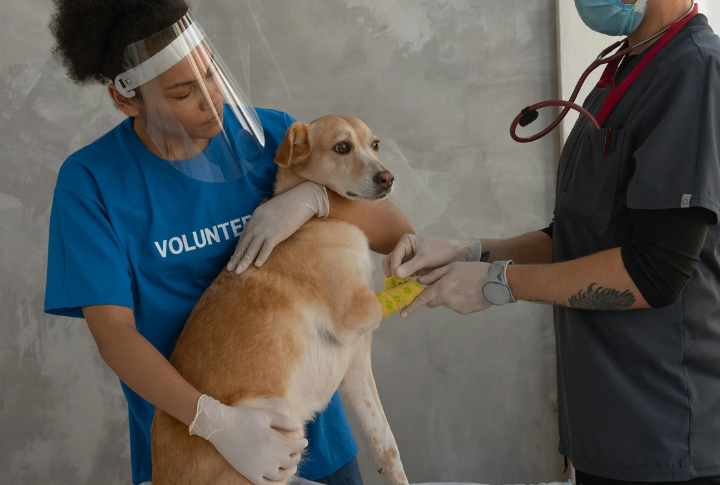
Deep wounds can cause severe blood loss. Apply firm pressure with a clean cloth and hold it in place—don’t lift it to see if it has stopped! If bleeding persists, wrap a bandage snugly around the wound. For severe injuries, get to the vet fast. Excessive blood loss can turn a minor injury into a major emergency.
Treat For Shock
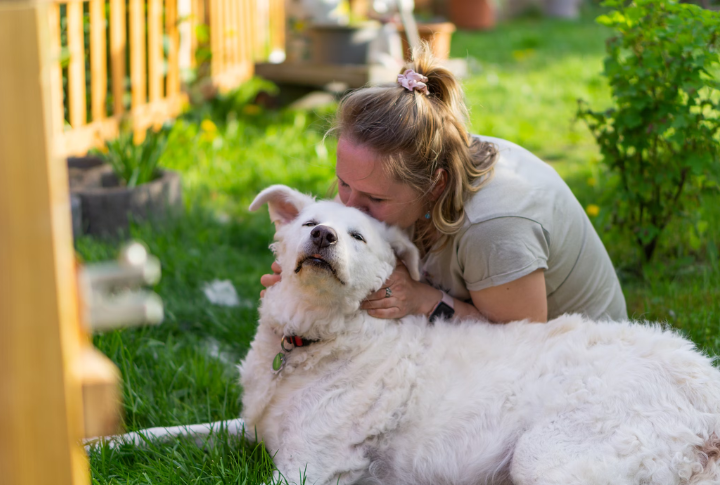
Shock isn’t just fear; it’s a severe reaction to trauma. If your dog seems weak, confused, or cold after an accident, keep them warm and still. Lay them down with their heads level to their body and rush them to the vet. Shock can be silent but fatal—don’t ignore the signs.
Address Heatstroke

Dogs don’t sweat like we do, which makes overheating dangerous. Excessive panting, drooling, or wobbling means trouble. Move them to shade, cool them with damp towels (not ice!), and give them small sips of water. Heatstroke can be devastating, so act fast and get them to a vet if symptoms worsen.
Handle Seizures Safely

During a seizure, a dog loses awareness of its surroundings—avoid trying to restrain it. Move nearby objects out of the way, keep quiet, and time the episode. Once it’s over, comfort the dog and call the vet. If seizures last over five minutes, get to emergency care immediately.
Flush Eye Contaminants
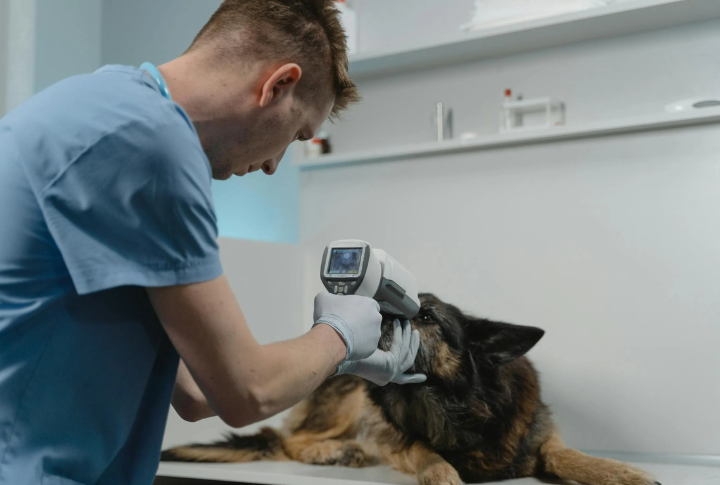
Canines investigate the world nose-first, which sometimes leads to eye irritants. If they’re squinting, pawing at their eye, or tearing up, flush it gently with sterile saline. Avoid touching the eye or using random eye drops; some can worsen things. When in doubt, let the vet take a look.
Induce Vomiting After Toxin Ingestion
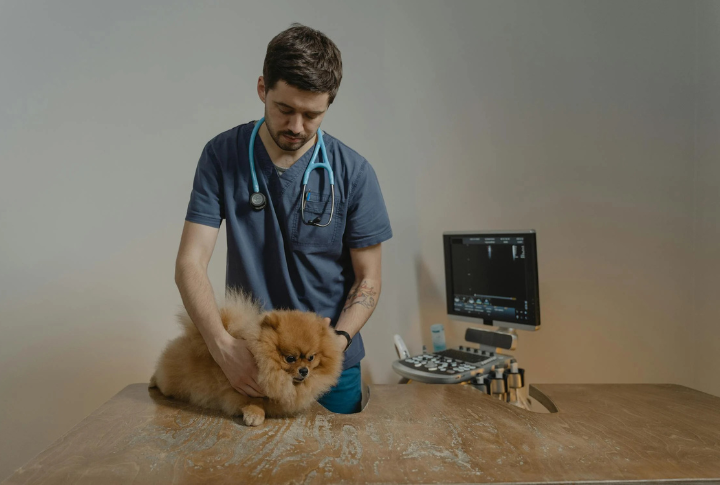
Call the vet immediately if your dog snacks on chocolate, grapes, or anything questionable. They may recommend hydrogen peroxide to induce vomiting—never do it without professional advice. Some toxins, like batteries or sharp objects, are more dangerous coming up than staying down. A timely response could save their life.
Stabilize Fractures
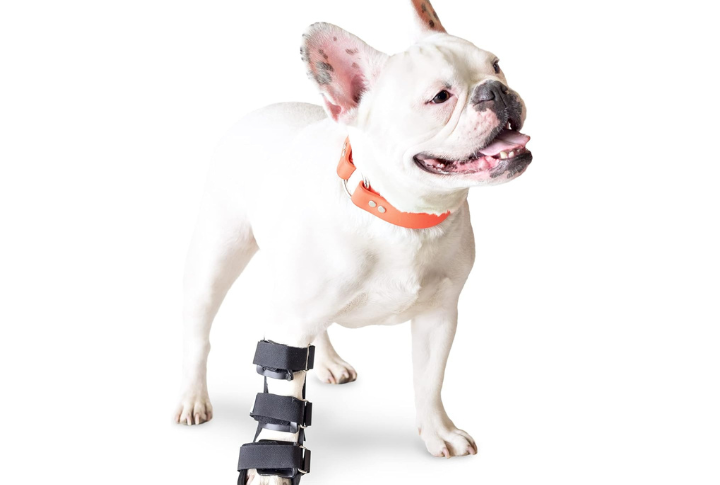
A limping dog might have a sore paw, but a leg hanging at an odd angle? That’s a problem. Hold the dog steady and refrain from moving the injured part. If moving is necessary, gently support the limb with a makeshift splint. The best course of action is a calm, slow trip to the vet.
Recognize Early Signs Of Distress

Your pups can’t say, “Hey, something’s wrong,” so their behavior does the talking. Unusual panting, hiding, whining, or sudden aggression might mean pain or illness. Catching issues early prevents them from becoming grave. Trust your gut—a vet visit is better than waiting too long if something feels off.
Learn How To Check Vital Signs

Think of it as doggy diagnostics 101. A normal heart rate? 60-140 beats per minute, varying with size and age. Breathing? 10-35 breaths per minute. Healthy temperature? Around 101-102.5°F. Knowing your dog’s vitals helps spot trouble early. If anything seems off, especially in an emergency, don’t wait—get them checked out.
Avoid Exposure To Extreme Temperatures
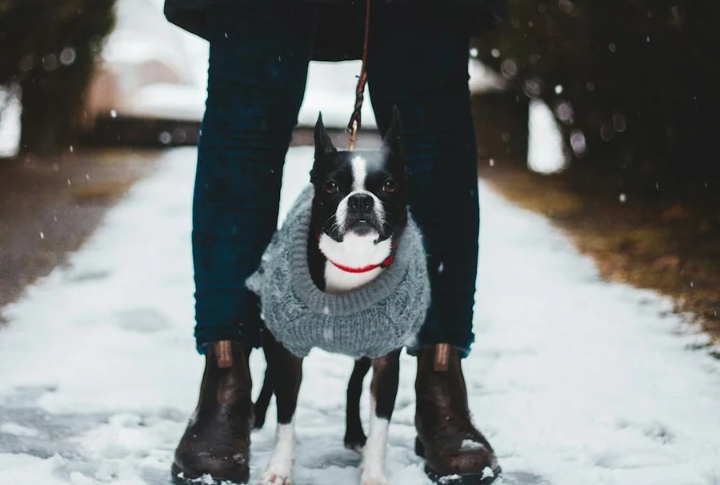
Weather extremes can be harsh on canines. In scorching heat, keep walks short, provide water, and never leave them in a parked car. In freezing temps, limit outdoor time and use dog-friendly boots. Hypothermia and heatstroke can escalate quickly, and both can be lethal without immediate care.
Supervise Near Water Bodies
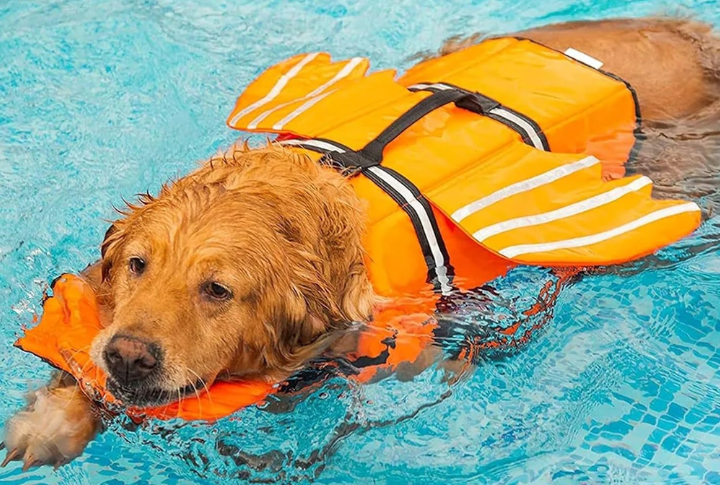
Not all dogs are natural swimmers; even the best can struggle in rough water. Lakes, rivers, and pools pose risks, especially with currents or exhaustion. If your dog loves water, consider a canine life jacket. Supervision saves lives—because not every doggy paddle ends happily.
Handle Snake Bites Quickly
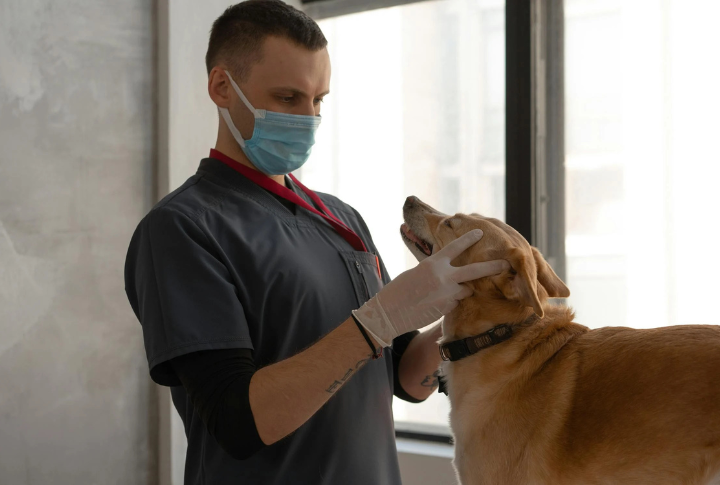
A snake bite isn’t just painful—it can be life-ending. Hold your dog steady to slow venom spread, then get to a vet as soon as possible. Don’t suck out venom or apply a tourniquet—that only worsens things. If you hike in snake-prone areas, know the local species and carry an emergency plan.
Keep Emergency Contacts Handy

In a crisis, scrambling for a vet’s number wastes precious time. Save emergency contacts in your phone and write them somewhere accessible. If traveling, locate nearby vet clinics in advance. A few seconds of planning can mean the difference between quick action and costly delays.






